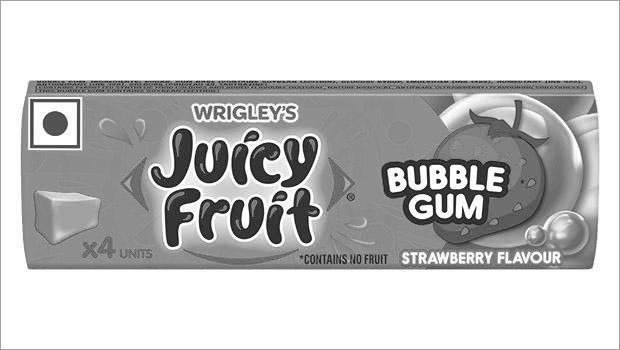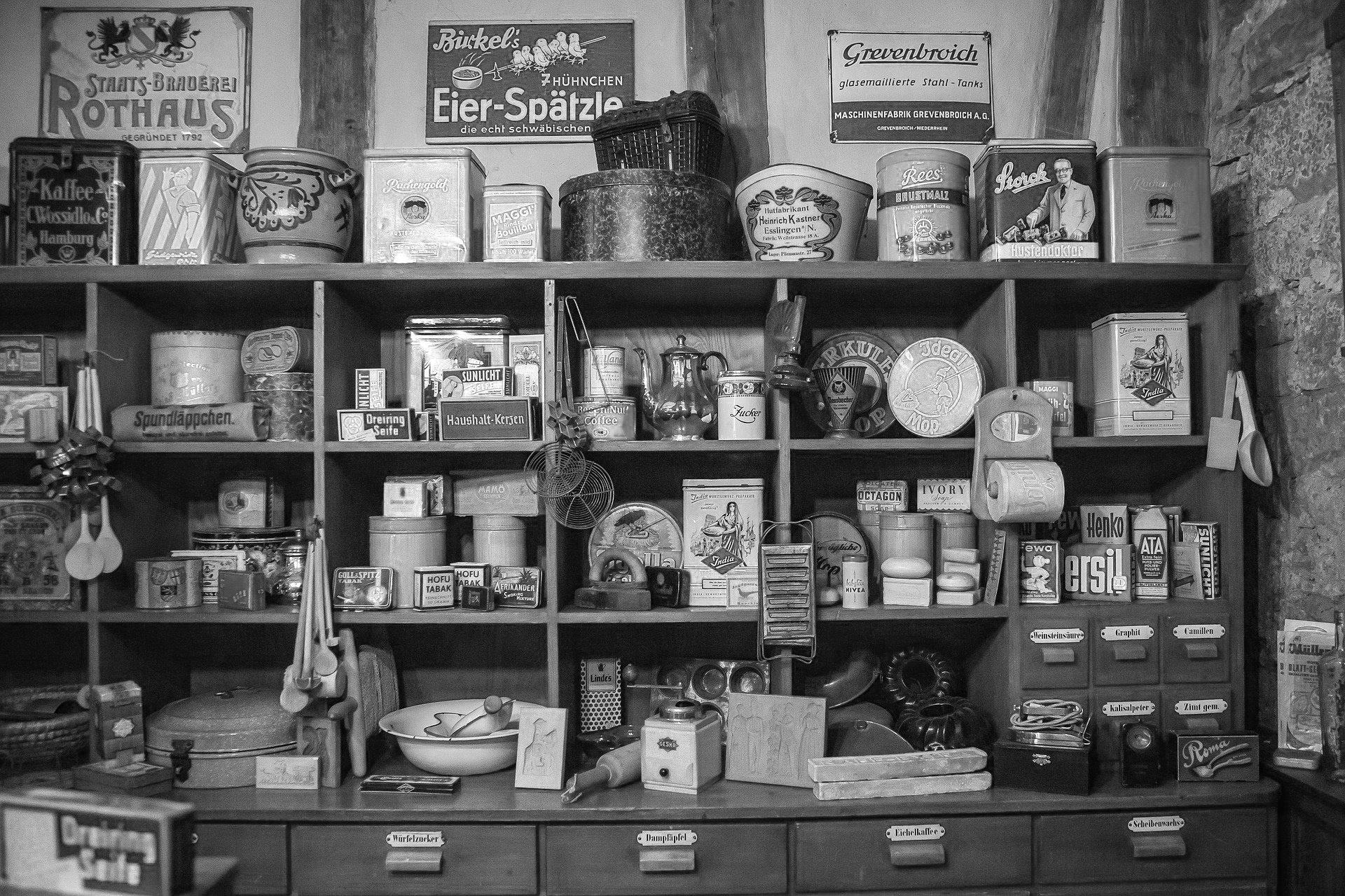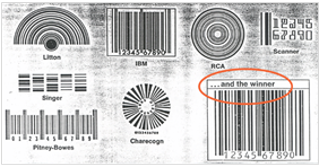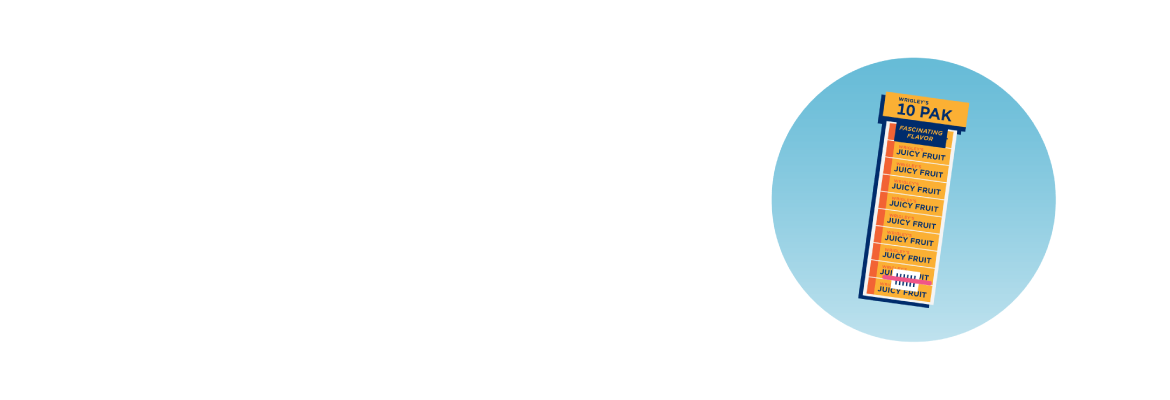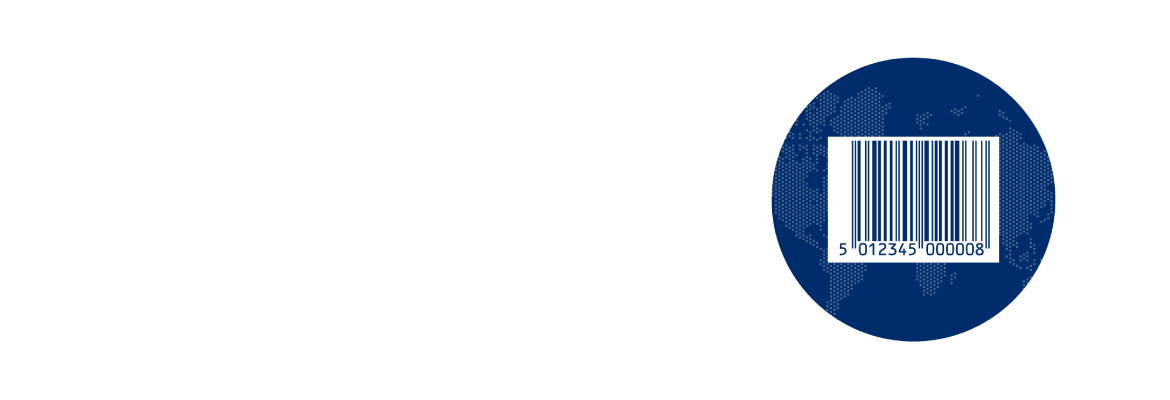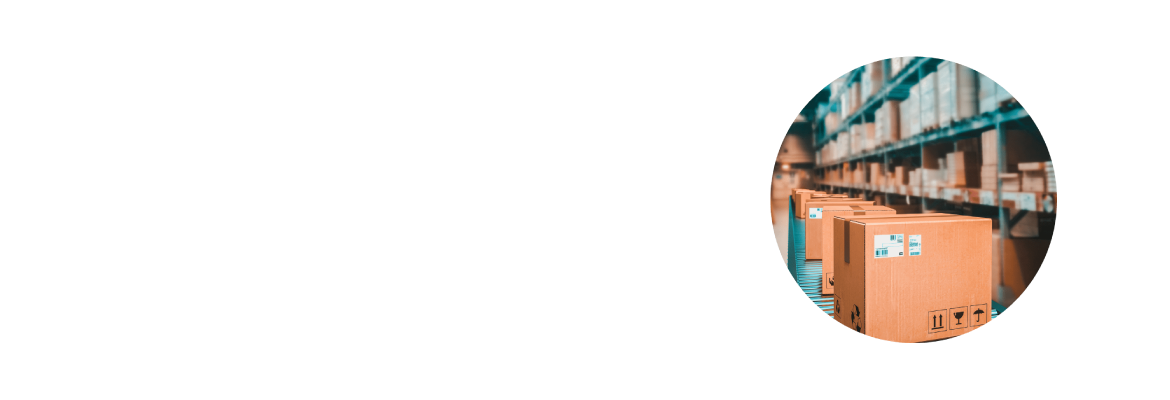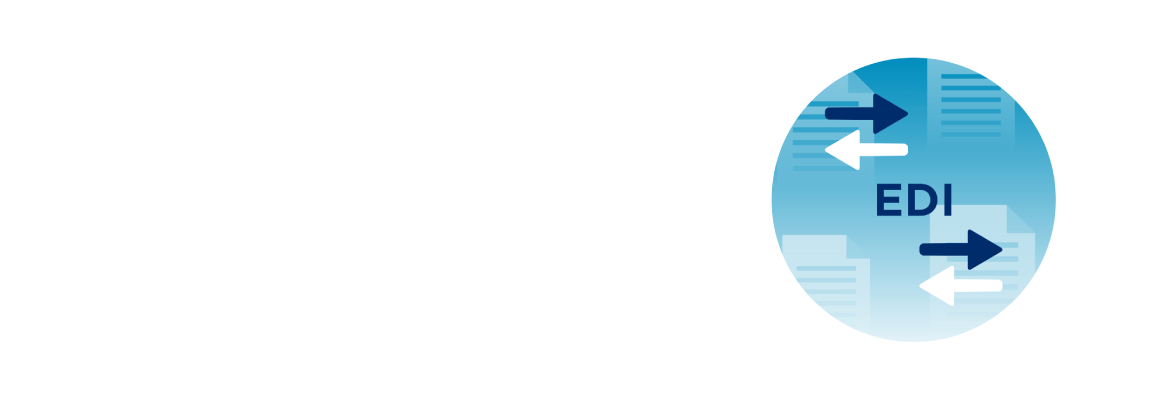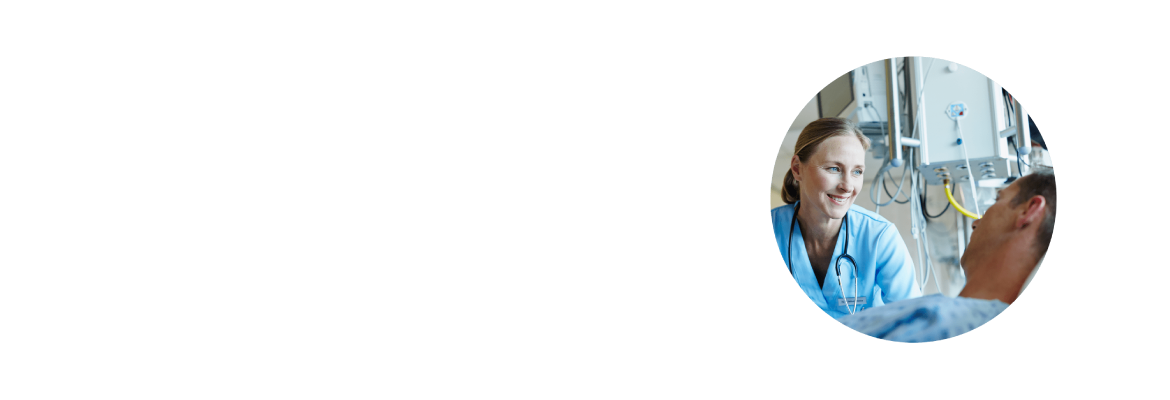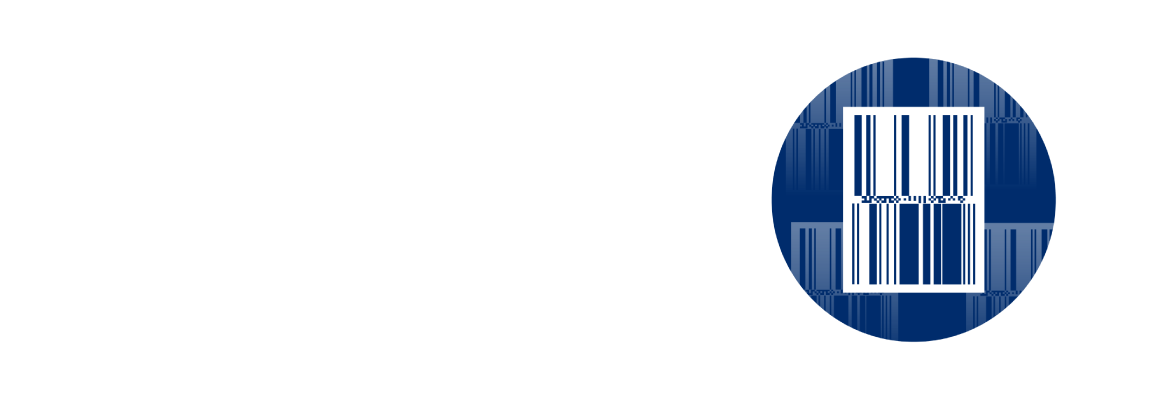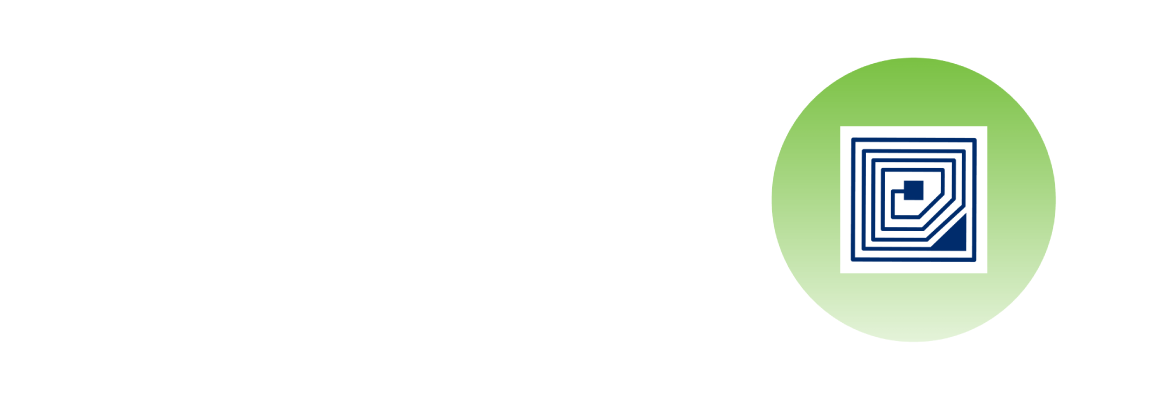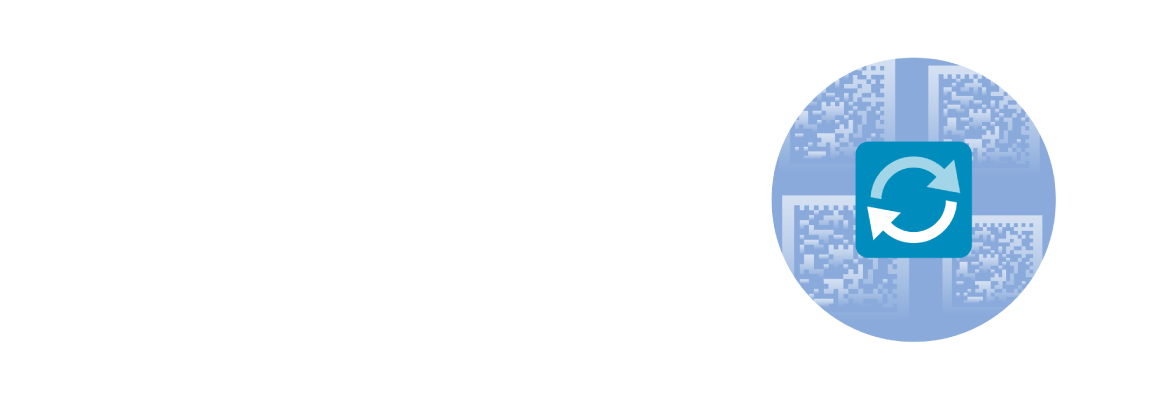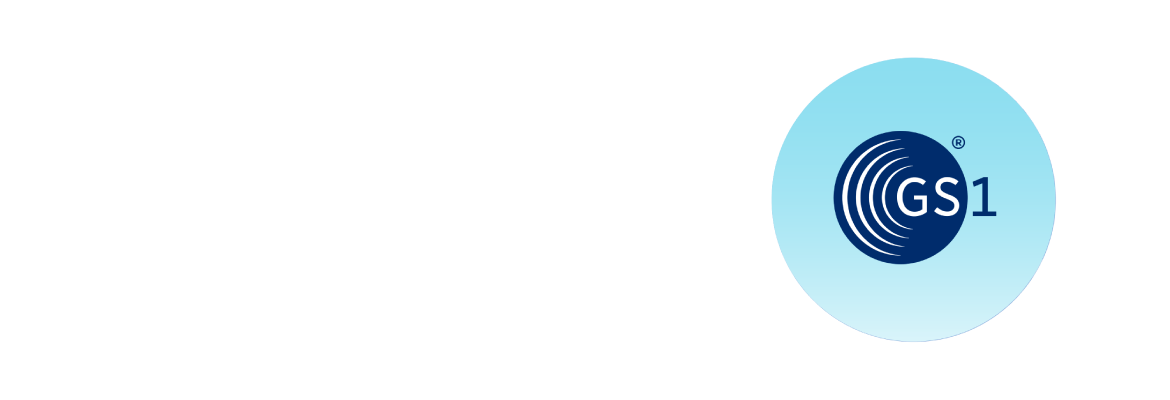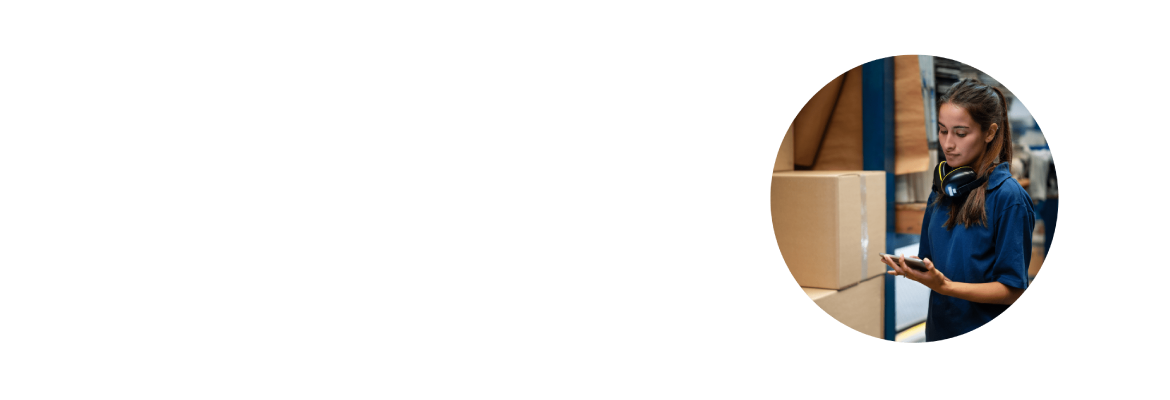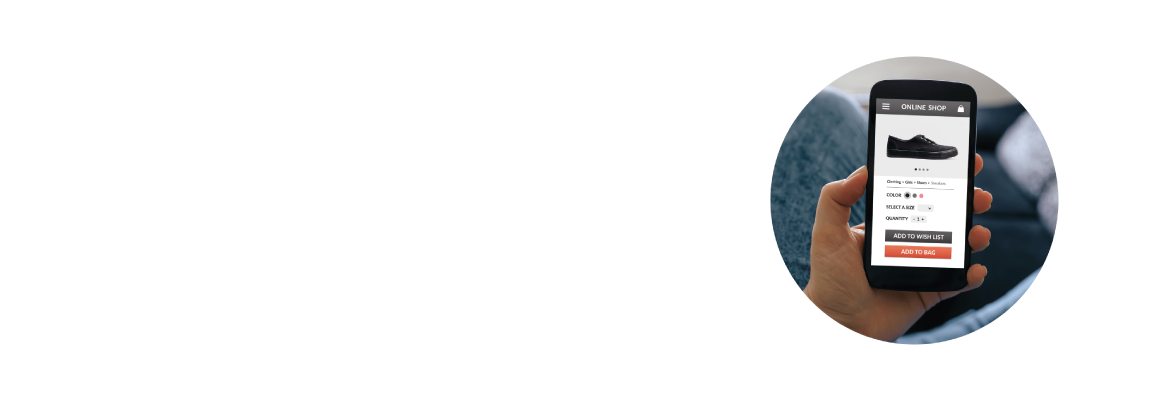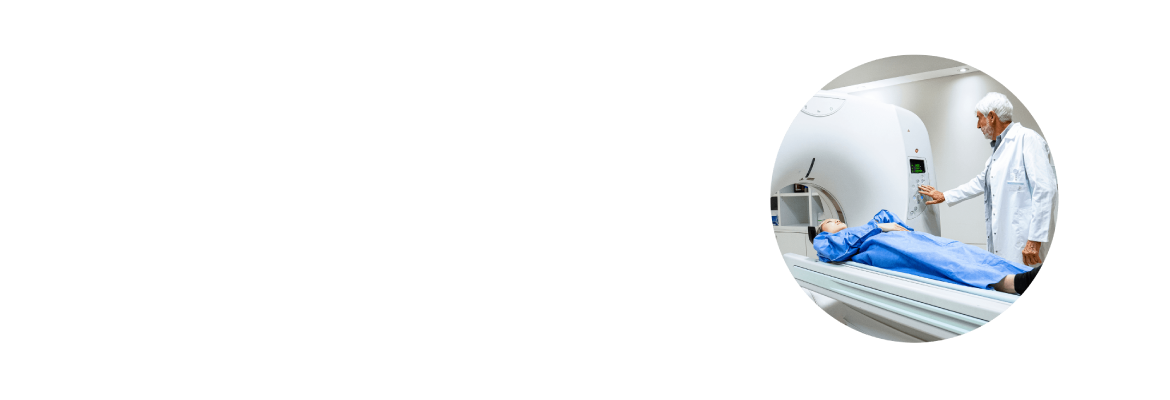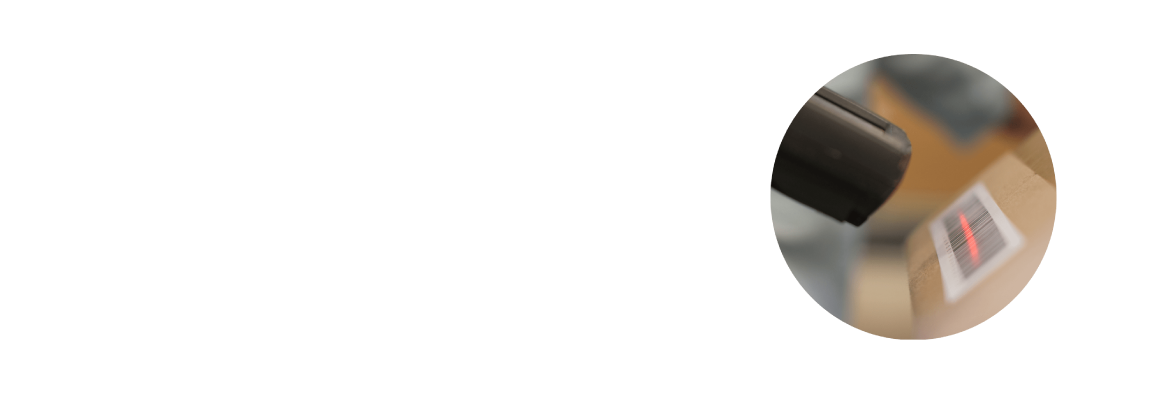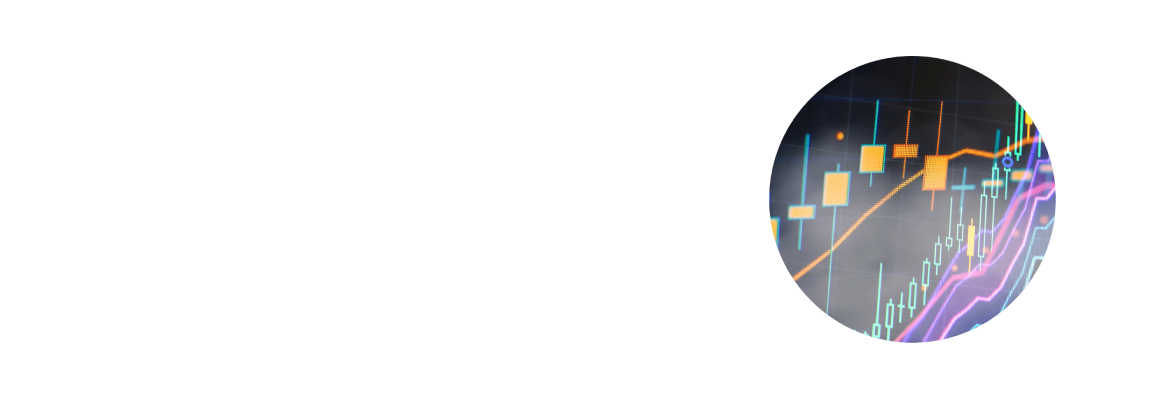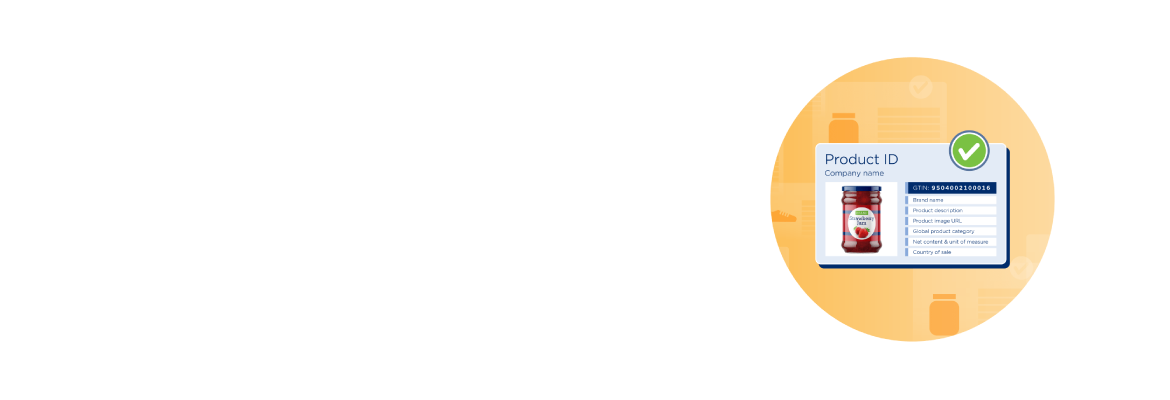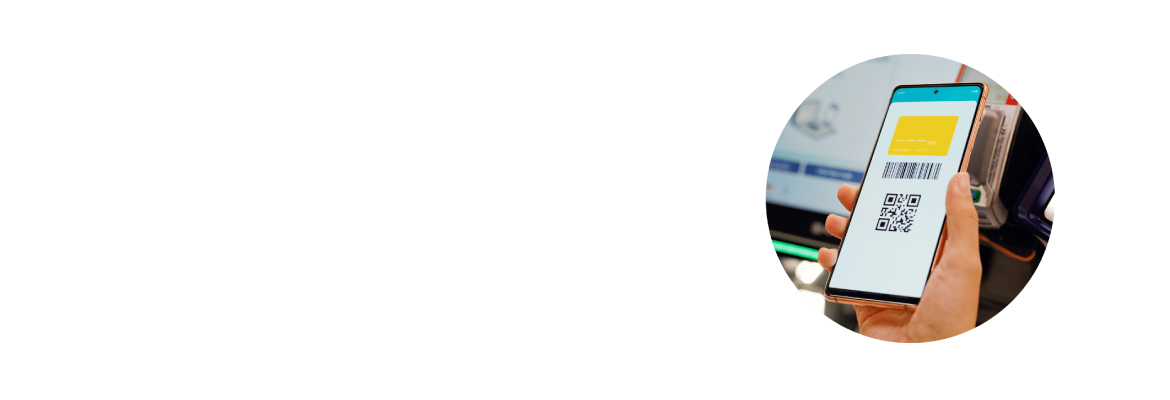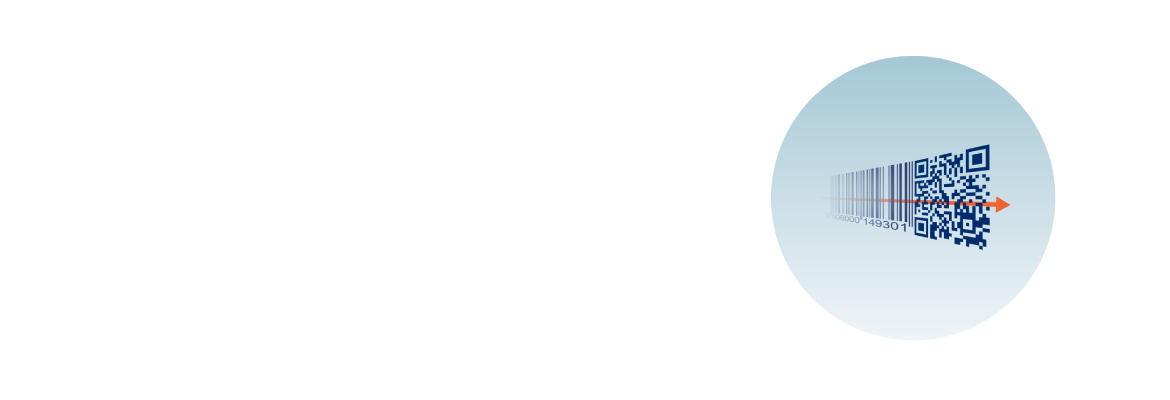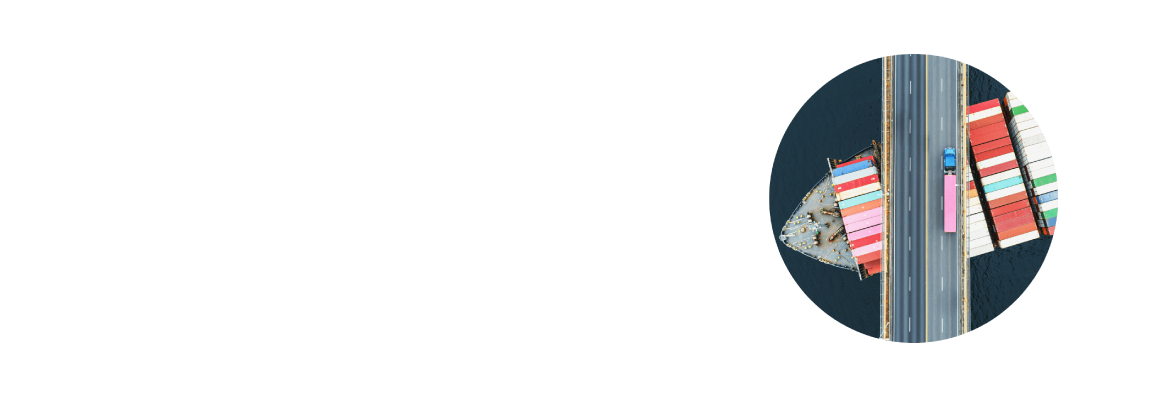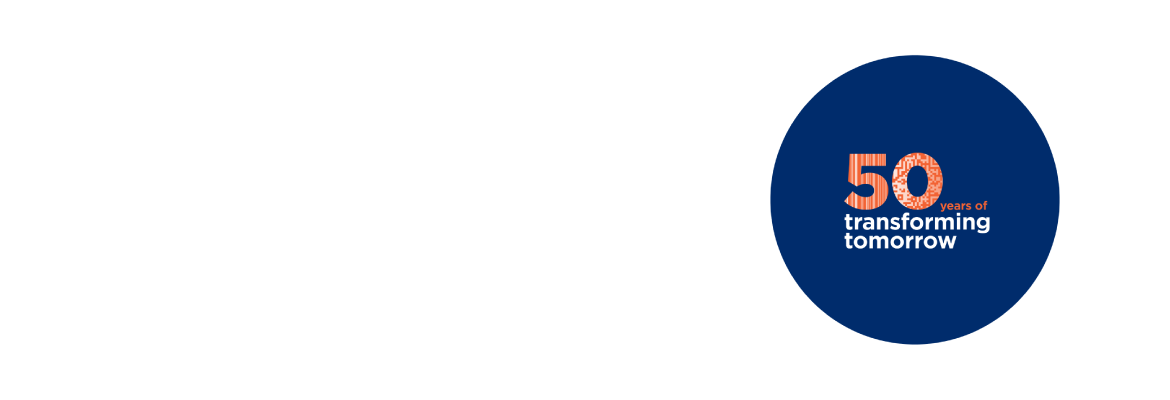50 years ago, the GS1 barcode was scanned
Industry leaders came together to transform the way we shop and created the barcode. From that point onward, a simple scan at the checkout connected a physical product to its digital identity- and information that could be shared in stores and throughout the supply chain.
Since then, GS1 standards have powered more reliable and transparent supply chains across industries.
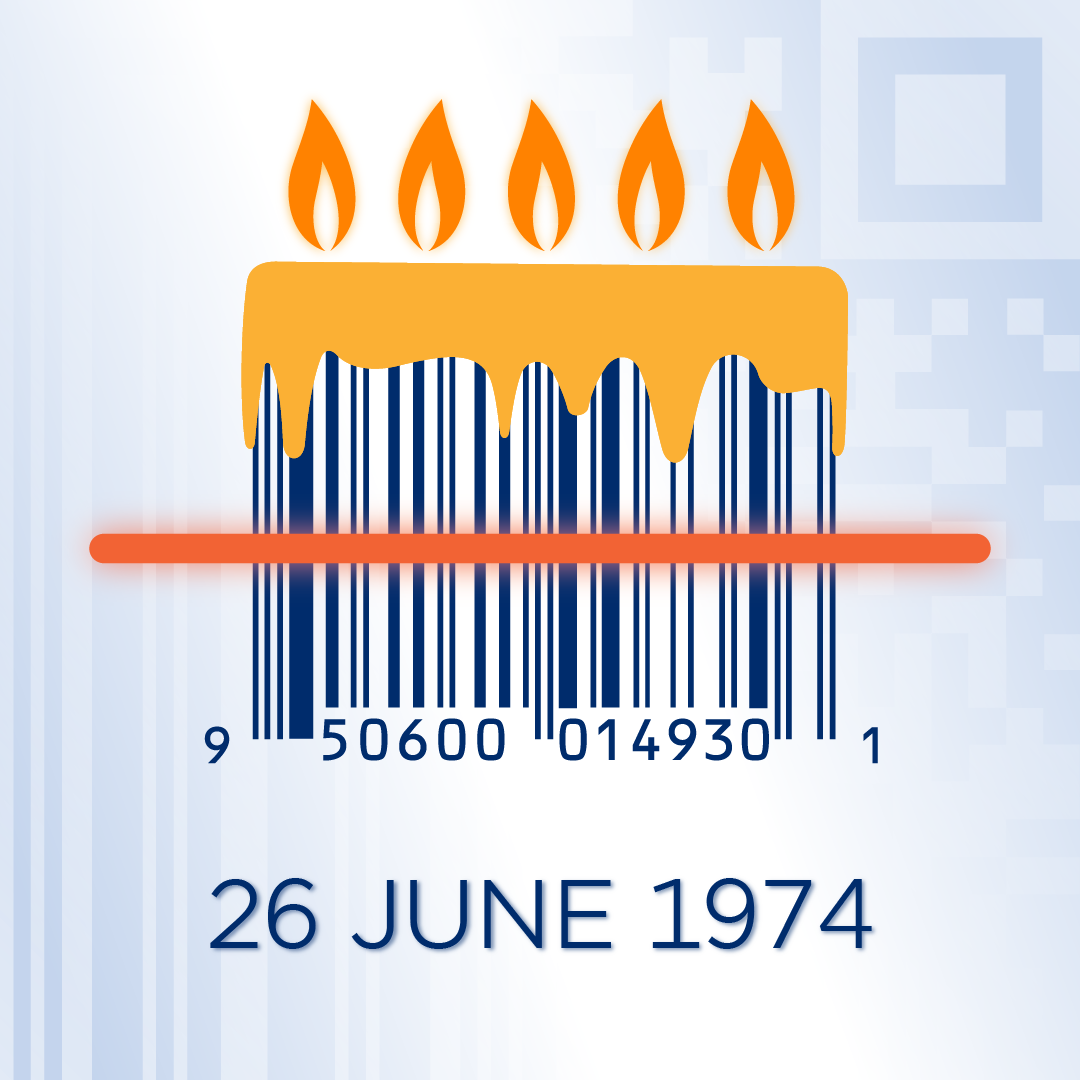
The first barcode scan worldwide!
On 26 June 1974 at 8.01am, the first bar-coded product, a pack of Juicy Fruit gum Wrigley's, was scanned at the checkout at a supermarket in Troy, Ohio. The pack of gum was priced at 67 cents.
First time in Belgium!
The first scan of a barcode on a product, happened 50 years ago at the Pollet supermarket on Distellaan in Westende.
The barcode has not always looked how we know it!
In 20 years, several tests were done with the barcode system. IBM moved away from the round symbol and introduced the straight lines, which were easier to read by a scanner. In addition, the laser scanner was developed in the 1970s, which made scanning easier. The codes themselves have gone through many changes over the past century, from a circular rose pattern to the current horizontal lines, and soon the barcode will have the rectangular shape of the 2D barcode.
